1. Tokyo Big Sight (Tokyo International Exhibition Center)
-
Location: Ariake, Koto-ku, Tokyo
-
Transportation Access:
-
Train: Approximately 3 minutes' walk from Tokyo Big Sight Station (Yurikamome Line) and 7 minutes' walk from Kokusai-Tenjijo Station (Rinkai Line) .
-
Bus: Direct routes from Tokyo Station and other major hubs .
-
Airport Access: About 25 minutes by limousine bus from Haneda Airport and approximately 60 minutes from Narita Airport .
-
-
Visitor Numbers: Hosts large-scale events like Comiket and AnimeJapan, attracting hundreds of thousands of visitors .
-
Cost: Premium pricing due to its prime location and facilities.
-
Exposure to Japanese Market: High. Being in Tokyo, it offers maximum visibility to both domestic and international audiences.
-
Pros:
-
Largest exhibition center in Japan with state-of-the-art facilities.
-
Excellent public transportation connectivity.
-
Proximity to central Tokyo enhances business opportunities.
-
-
Cons:
-
High rental and operational costs.
-
Booking slots can be competitive due to high demand.
-
2. Makuhari Messe (Chiba)
-
Location: Mihama-ku, Chiba City, Chiba Prefecture
-
Transportation Access:
-
Train: Approximately 5 minutes' walk from Kaihin-Makuhari Station (JR Keiyo Line) .
-
Bus: Direct limousine buses from Narita Airport (30–40 minutes) and Haneda Airport (approximately 40 minutes) .
-
-
Visitor Numbers: Hosts major events like Tokyo Game Show and Tokyo Auto Salon, drawing significant crowds .
-
Cost: Generally more affordable than Tokyo Big Sight, offering good value for large spaces.
-
Exposure to Japanese Market: Moderate to high. While not in Tokyo, its reputation and event lineup attract substantial attention.
-
Pros:
-
Spacious venue suitable for large-scale events.
-
Proximity to Narita Airport is advantageous for international exhibitors.
-
Surrounding area offers ample accommodation and dining options.
-
-
Cons:
-
Less central than Tokyo venues, which may affect domestic visitor turnout.
-
Limited public transportation options compared to Tokyo.
-
3. INTEX Osaka
-
Location: Suminoe-ku, Osaka City, Osaka Prefecture
-
Transportation Access:
-
Train: Accessible via Nakafuto Station on the Nankō Port Town Line.
-
Airport Access: Approximately 50 minutes from Kansai International Airport by train.
-
-
Visitor Numbers: Hosts various industrial and consumer events, with attendance varying by event.
-
Cost: Generally more affordable than Tokyo venues.
-
Exposure to Japanese Market: High in the Kansai region; moderate nationally.
-
Pros:
-
Strategic location for accessing the western Japan market.
-
Cost-effective for exhibitors targeting the Kansai region.
-
-
Cons:
-
Less exposure to the Tokyo-centric business community.
-
Limited international flight options compared to Tokyo.
-
4. Pacifico Yokohama
-
Location: Yokohama, Kanagawa Prefecture
-
Transportation Access:
-
Train: Approximately 5 minutes' walk from Minatomirai Station (Minatomirai Line).
-
Airport Access: About 30 minutes from Haneda Airport by train.
-
-
Visitor Numbers: Attracts a mix of business and public events, with moderate attendance figures.
-
Cost: Moderate to high, depending on the event space and services required.
-
Exposure to Japanese Market: High, especially for events targeting the Kanto region.
-
Pros:
-
Scenic location with views of Yokohama Bay.
-
Proximity to Tokyo enhances accessibility.
-
Well-equipped facilities suitable for international conferences.
-
-
Cons:
-
Smaller exhibition space compared to Tokyo Big Sight and Makuhari Messe.
-
Higher costs may not be justified for smaller events.
-
5. Nagoya International Exhibition Hall (Port Messe Nagoya)
-
Location: Minato-ku, Nagoya City, Aichi Prefecture
-
Transportation Access:
-
Train: Approximately 5 minutes' walk from Kinjō-futō Station (Aonami Line).
-
Airport Access: Around 50 minutes from Chubu Centrair International Airport by train.
-
-
Visitor Numbers: Hosts regional trade shows and events, with attendance varying accordingly.
-
Cost: Generally lower than venues in Tokyo and Osaka.
-
Exposure to Japanese Market: Moderate; strong in the Chubu region.
-
Pros:
-
Cost-effective option for reaching the central Japan market.
-
Less competition for event scheduling.
-
- Cons:

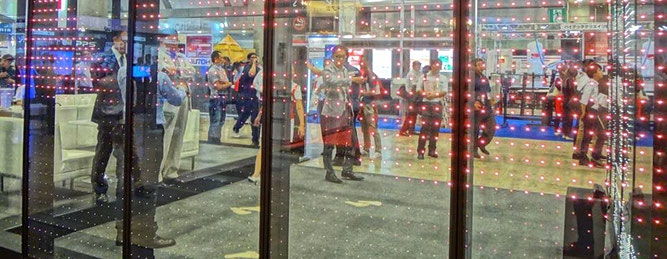
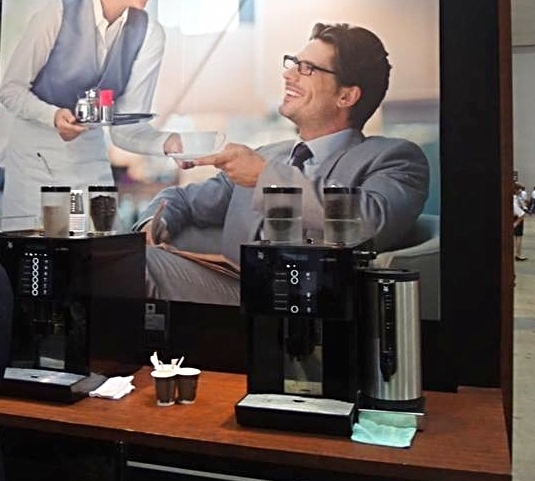


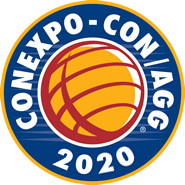

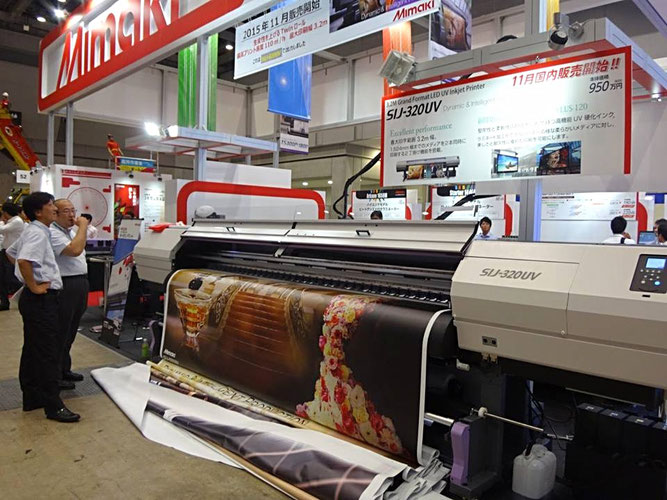







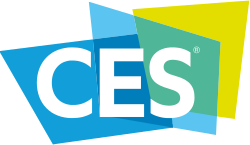
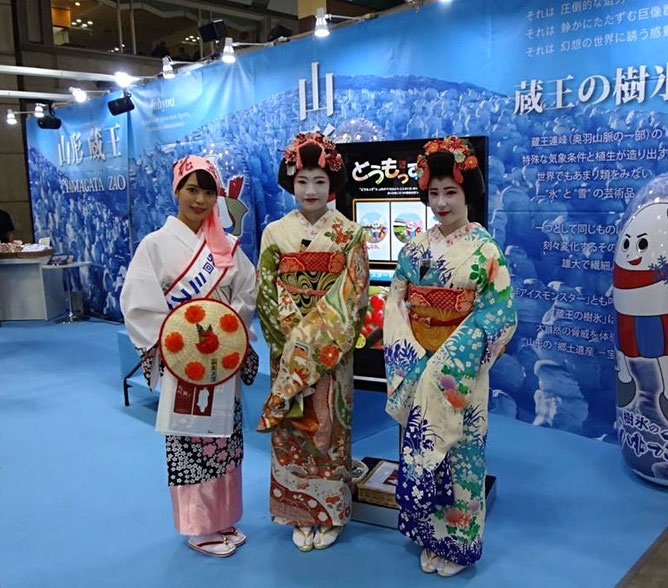


























![[商品価格に関しましては、リンクが作成された時点と現時点で情報が変更されている場合がございます。] [商品価格に関しましては、リンクが作成された時点と現時点で情報が変更されている場合がございます。]](https://hbb.afl.rakuten.co.jp/hgb/3d393afd.51a29ab5.3d393afe.d441bb32/?me_id=1280890&item_id=10000053&pc=https%3A%2F%2Fthumbnail.image.rakuten.co.jp%2F%400_mall%2Fmiyamaonline%2Fcabinet%2F03816019%2Fshohin3%2Fshohin4%2Fimgrc0084348208.gif%3F_ex%3D300x300&s=300x300&t=picttext)

![[商品価格に関しましては、リンクが作成された時点と現時点で情報が変更されている場合がございます。] [商品価格に関しましては、リンクが作成された時点と現時点で情報が変更されている場合がございます。]](https://hbb.afl.rakuten.co.jp/hgb/3d39410a.e6485053.3d39410b.cb7b1231/?me_id=1203559&item_id=10133555&pc=https%3A%2F%2Fimage.rakuten.co.jp%2Fyminfo%2Fcabinet%2Fhanadate%2F876136-2.jpg%3F_ex%3D300x300&s=300x300&t=picttext)
![[商品価格に関しましては、リンクが作成された時点と現時点で情報が変更されている場合がございます。] [商品価格に関しましては、リンクが作成された時点と現時点で情報が変更されている場合がございます。]](https://hbb.afl.rakuten.co.jp/hgb/3d394339.e8882006.3d39433a.bb1bffa0/?me_id=1305721&item_id=10014117&pc=https%3A%2F%2Fthumbnail.image.rakuten.co.jp%2F%400_mall%2Fwakui-shop%2Fcabinet%2F03994677%2Ffki-205658.jpg%3F_ex%3D300x300&s=300x300&t=picttext)















































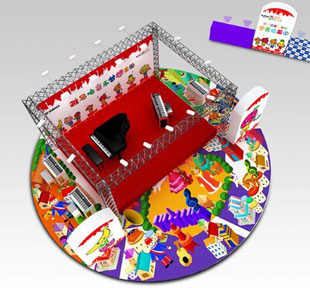
























![[商品価格に関しましては、リンクが作成された時点と現時点で情報が変更されている場合がございます。] [商品価格に関しましては、リンクが作成された時点と現時点で情報が変更されている場合がございます。]](https://hbb.afl.rakuten.co.jp/hgb/469aed28.494da686.469aed29.88287747/?me_id=1369408&item_id=10000587&pc=https%3A%2F%2Fthumbnail.image.rakuten.co.jp%2F%400_mall%2Fice-kishimoto%2Fcabinet%2Fmok%2Fice%2Fm4902888346613.jpg%3F_ex%3D240x240&s=240x240&t=picttext)
![[商品価格に関しましては、リンクが作成された時点と現時点で情報が変更されている場合がございます。] [商品価格に関しましては、リンクが作成された時点と現時点で情報が変更されている場合がございます。]](https://hbb.afl.rakuten.co.jp/hgb/469af274.891c26d3.469af275.3e96e76d/?me_id=1382700&item_id=10016105&pc=https%3A%2F%2Fthumbnail.image.rakuten.co.jp%2F%400_mall%2Fsmilespoon%2Fcabinet%2F04%2F0257804-0020_1.jpg%3F_ex%3D240x240&s=240x240&t=picttext)